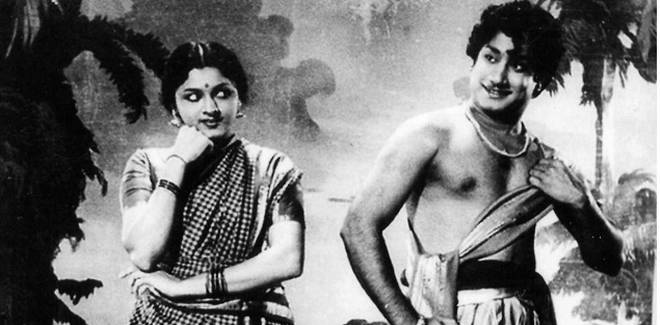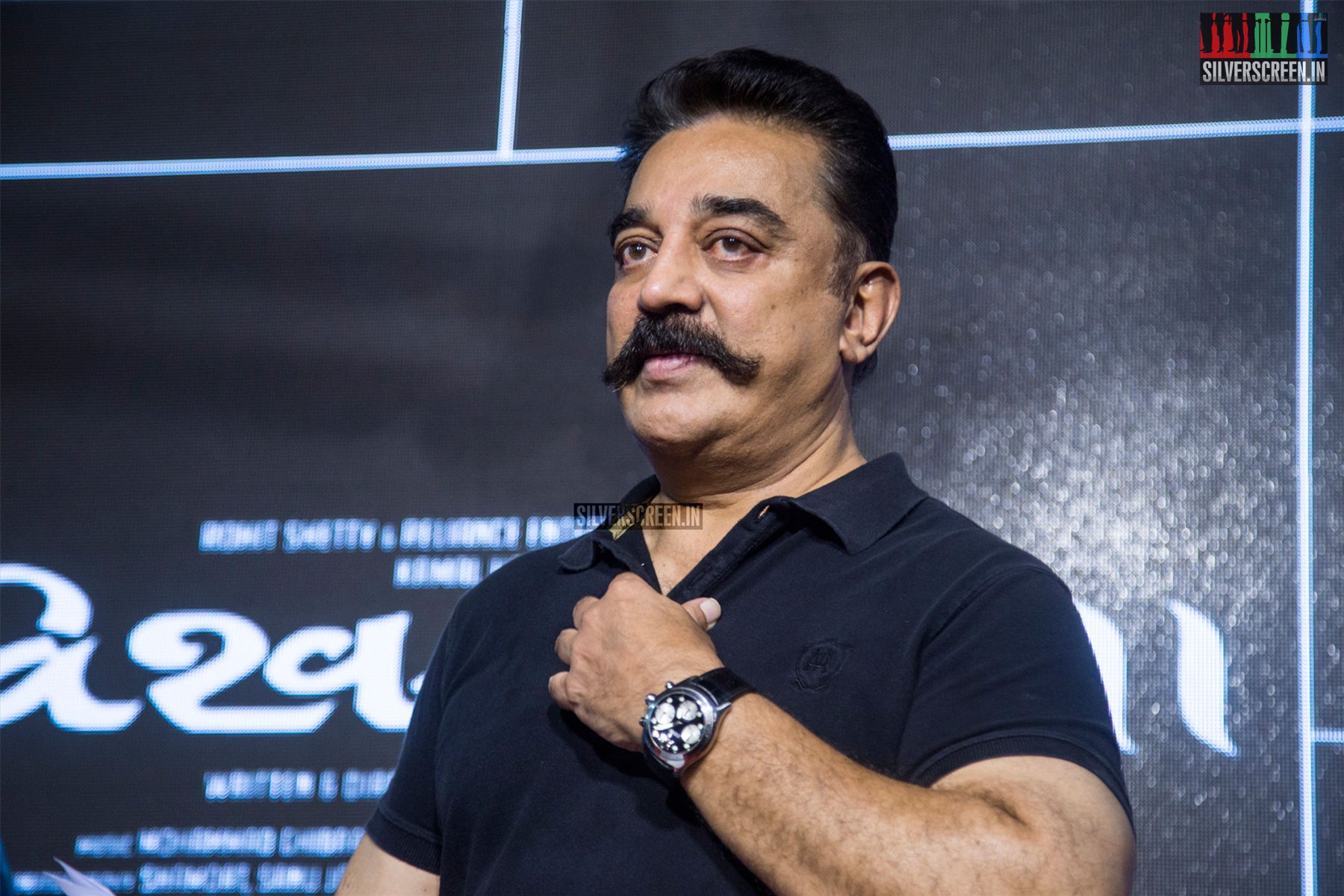In the ’50s movie space which was otherwise dominated by rich costume dramas or religious films, Panam (1952), with lines penned by the late M Karunanidhi, chose to ridicule the society for its obsession with wealth, hierarchy, and superstition
Close on the heels of Karunanidhi’s cult hit Parasakthi came Panam – a film that followed the trajectory of the former. This melancholic social drama is about money and the many ills that will befall those who value it too much.
Interspersed in the narrative are zingers from M Karunanidhi – sharply worded dialogues that rhyme and attack societal evils. Developed on a story by NV Babu, the film follows newlyweds Umapathi (Sivaji Ganesan in his second film) and Jeeva (Padmini). Their journey towards marital bliss is hampered by the greed of Umapathi’s father. Poor Jeeva is banished from the house. The son is married off to another.
Panam is largely an equal opportunity movie. Fate strikes all. Both Umapathi and Jeeva suffer through life’s tragedies with the kind of stoicism unique to movies from the fifties. Tossed from one disaster to another, they seem to have no agency in the film.
Dialogues are a highlight. Karunanidhi is a man who can rhyme with reason, a rare quality. Especially in Tamil cinema, where these days, one finds songs dedicated to boozy parties with gems such as:
‘Oh God love story thevai illai
thevai dash dash thaan…’
[‘Cha Cha Charey‘, Venkat Prabhu’s Party]
So then, when actor-director NS Krishnan ponders about money (black money specifically) in a clever little song, one cannot help but appreciate all its little ironies. For one, even God is not spared.
‘Tiruppathiyil kalandhuvittayo
Thiruvannamalai gugai pugundhu vittayo…’
Back then, Karunanidhi famously wielded his creative talent to propagate the Dravidian agenda through movies. Panam is no different. A song titled ‘Thina Muna Kana‘ espouses the ideals of the Dravida Munnetra Kazhagam. In a bid to avoid the censors however, ‘Thina Muna Kana‘ is explained away as Thirukkural Munnani Kazhagam. Through this Sivaji Ganesan starrer, Karunanidhi also tackles subjects considered ‘fast’ for its time – atheism, banishing superstitions and such.
This film was produced for Madras Pictures, promoted by AL Srinivasan. His brother, Kannadasan, worked as a lyricist on the film. One particular song, however, is by Bharathidasan. The splendid ‘Pasiyendru Vandhaal Oru Pidi Soru‘ was adapted for film from Bharathidasan’s poetry collection.
*****

images
Music is by the then up-and-coming Viswanathan-Ramamoorthy. In their first film together as composers, the duo show the audience an inkling of what is to come. The score is alternatively jaunty and morose. But there’s plenty of variety. It says something about the dynamic pair that they would agree to make their debut through a film that wore its reformist tag with such pride. It says more about the director himself, though. The dialogues were the work of Karunanidhi, but the story-line incorporating social reform was NSK’s work. He promotes the Thirukkural in a scene, praising it as something that has the world in it.
Krishnan makes a commendable effort to introduce revolutionary ideas in this movie. For an audience who had been fed a long diet of princesses that needed rescuing, this would have been starkly different from everything that they had known. Even Parasakthi is a bitter pill to swallow. Panam, then, with its unrelenting despair is tougher. There’s no happy end in sight in this film. The clouds don’t always have a silver lining. Lives are lost. Love is abandoned.
Recommended
And then somewhere in between, the film becomes a murder mystery. With an amateur photographer handling important evidence that would eventually set the accused free. When the film enters noir territory, it does meander. But the director presents it as yet another instance in which God and fate and the system failed Umapathi and Jeeva. Fittingly, the father-in-law does get the money he wants. And in life, not everyone can succeed. So his happiness costs that of two others. One dies. The other’s dreams of a happy life are shattered. Where then is the payoff?
There is none.
NS Krishnan released the film on the first day of 1952. Perhaps he wanted it to spearhead a new revolution, and it did just that. Panam cemented Karunanidhi’s status as a powerful wordsmith. NS Krishnan earned his reformer credentials. Sivaji Ganesan became the actor to be reckoned with. Kannadasan’s work became the stuff of legends amply aided by Viswanathan-Ramamoorthy’s utter mastery over music.
It was the dawn of a new era then. An era that ended yesterday, when the last crew member of this momentous film breathed his last.
Watch it here:
*This is part of a series where Silverscreen recommends films, documentaries, shorts, songs or scenes from seminal films that make for a compelling watch.*
Featured image courtesy: The Hindu
*****



